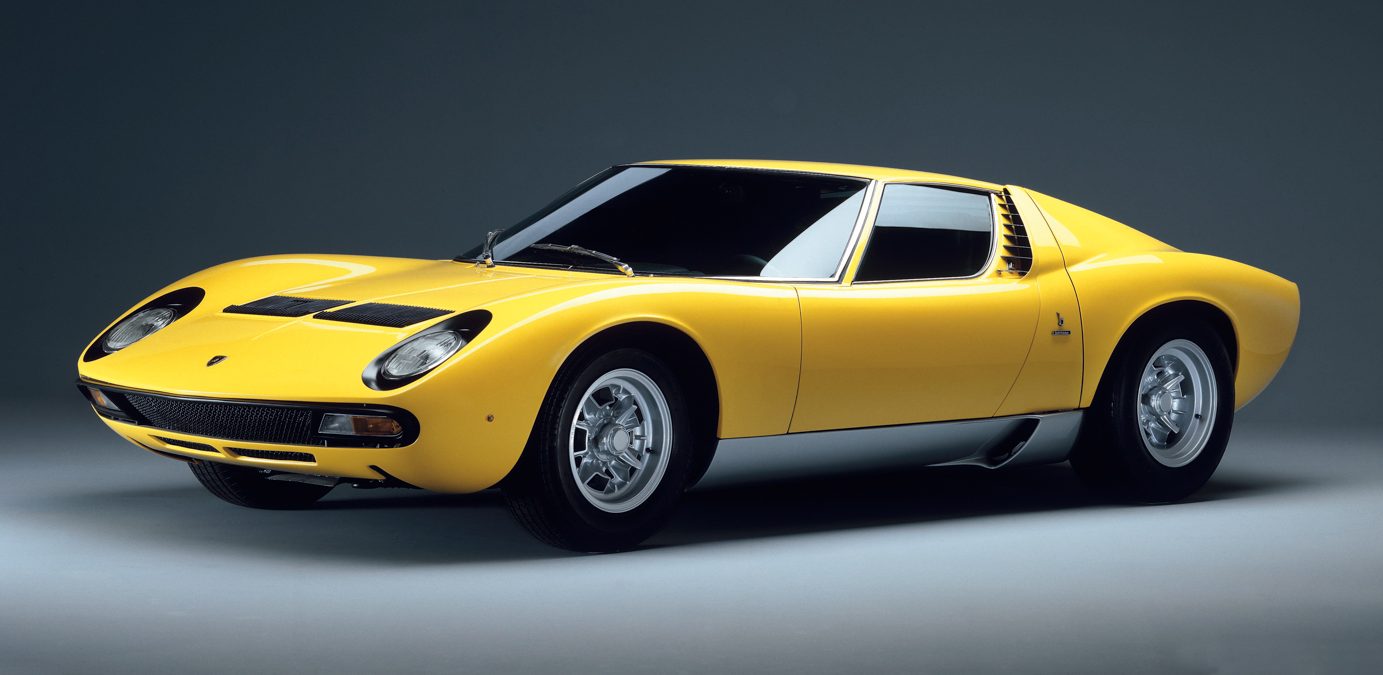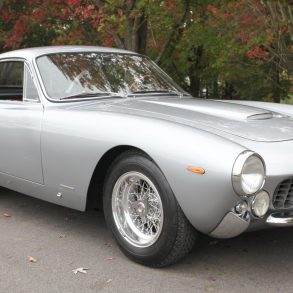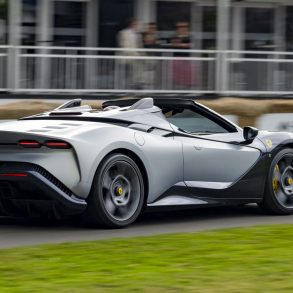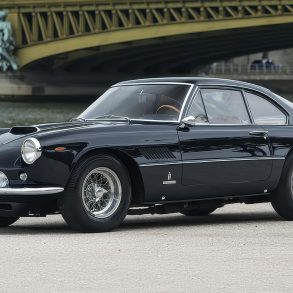This is my 50th article for Vintage Road & Racecar. I didn’t realize it until my editor sent me a thank you card and the keys to a 2019 Ferrari 488 (fair disclosure, it was just the keys). So it got me thinking about the value of 50 when it comes to automobile history.
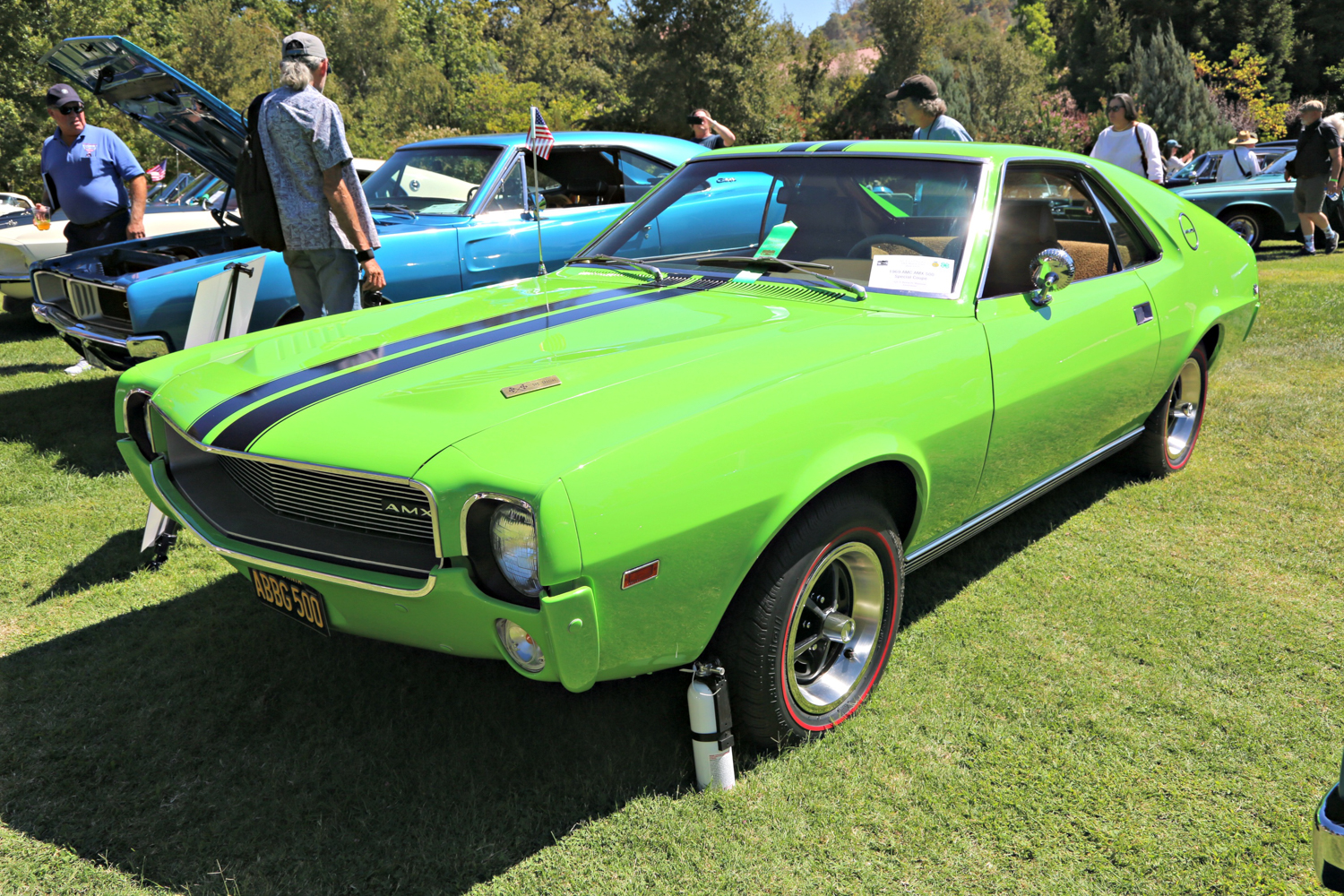
50 years ago, in 1969, the American Muscle Car was going full speed ahead. Monster motors, amazing designs, and the growth of iconic racing legends all spurred the imagination of kids and adults. Mustang Boss 429 or 302, Camaro Z28, Hemi Charger, AMX, the list goes on. Going fast seemed just as important as getting there. And it wasn’t just in the U.S. Europe was also offering some big league game changers including the Ferrari Daytona, Lamborghini Miura, Mangusta, and Maserati Ghibli.
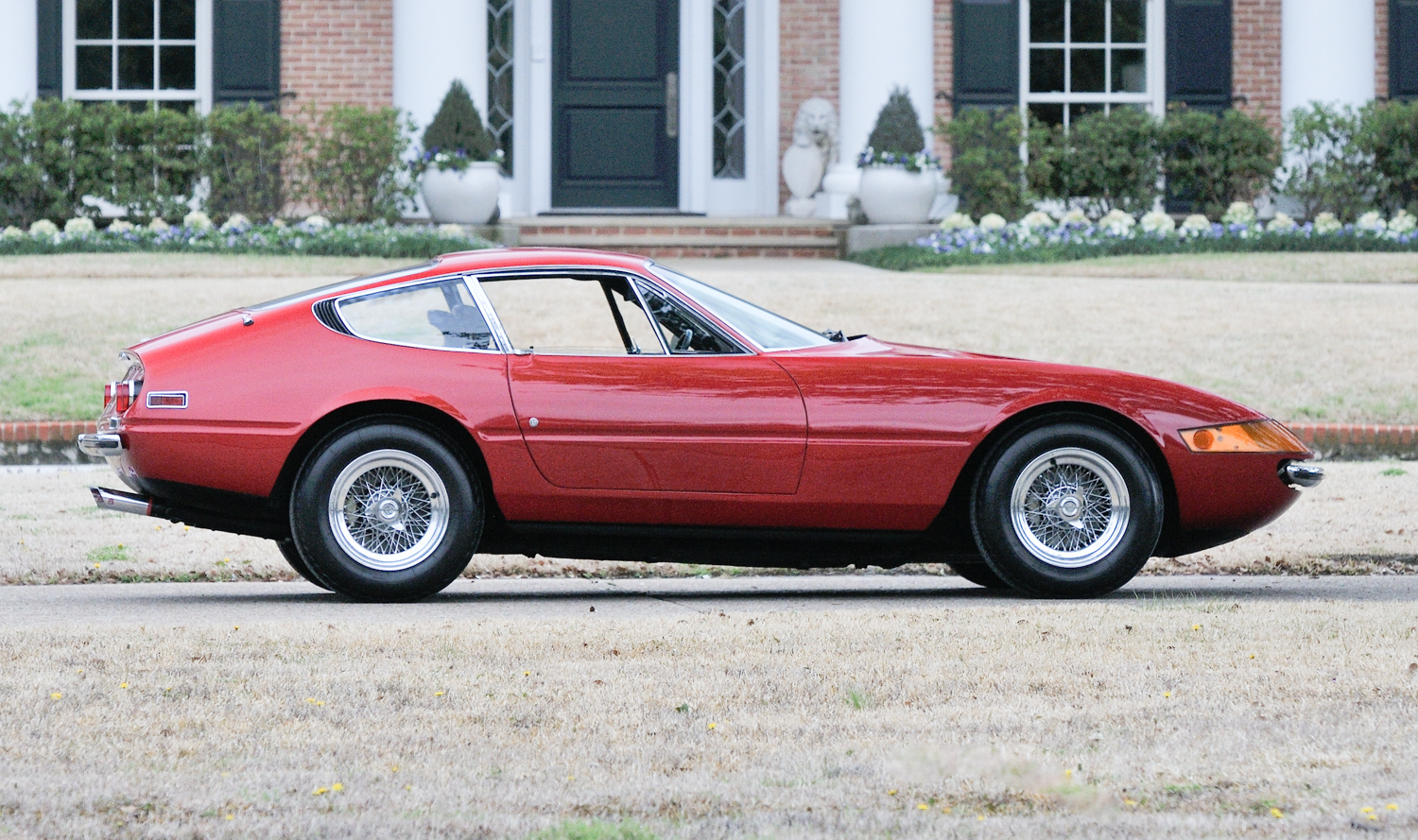
Even in Japan, budding Honda built their first cars for the American market. Their 1969 model ran an engine that produced just a tick under 50 hp. 1969 was also the end of some very interesting automotive ideas. The rear-engine Corvair took its last turbocharged breath and Shelby American was building their last offering (1970 models being nothing more than chin spoilers and hood stripes added to left over 1969 models). And it wasn’t just cars, 50 years ago the Beatles took their last photo together as a band, Woodstock was here and gone, and though it was the end of a lot of things, it was also the beginning of some amazing new things. We put a man on the moon, the Boeing 747 was introduced, and Sesame Street was launched.
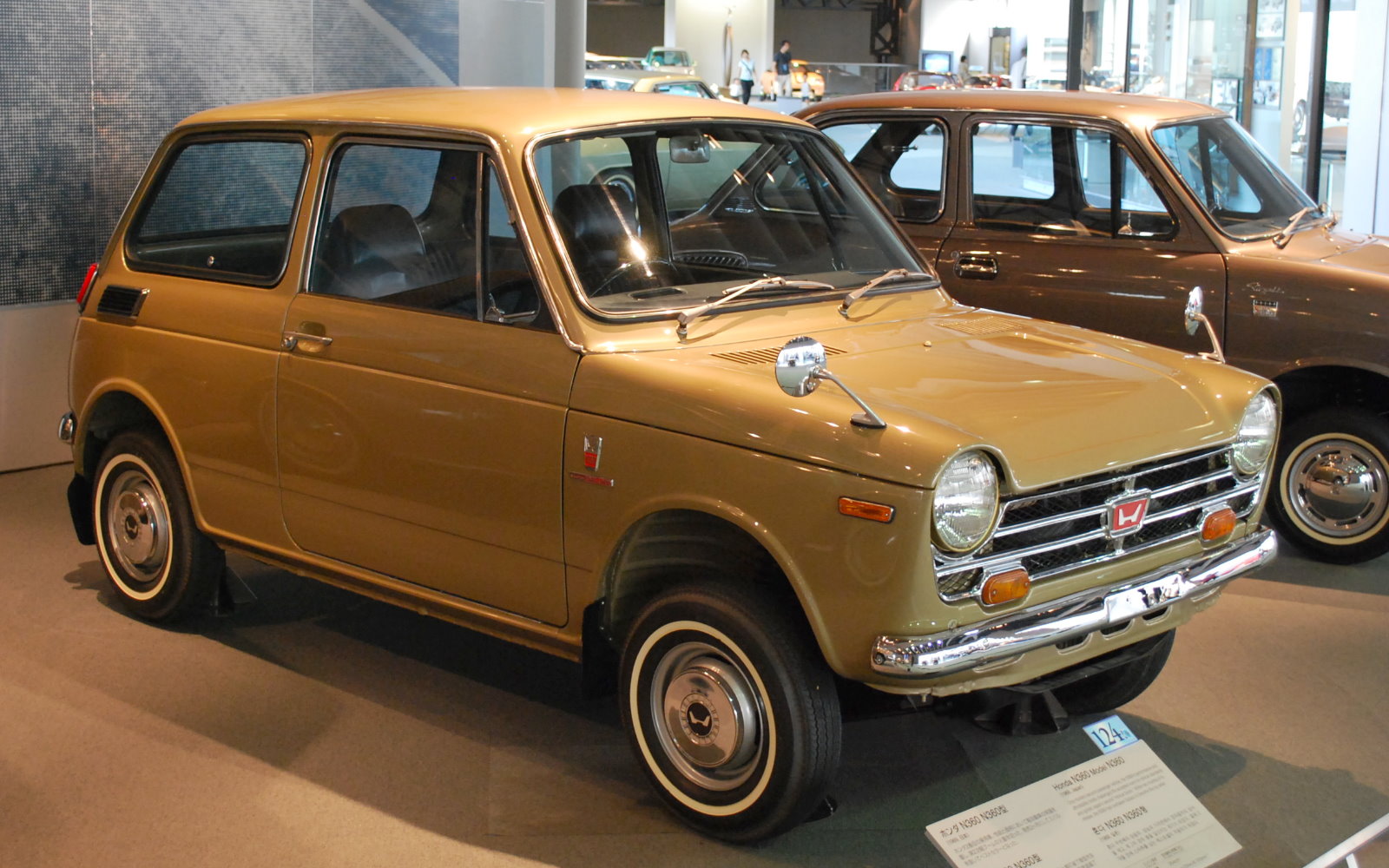
But it wasn’t just 50 years ago. Looking back on some of the most important cars of the century, 1950 was a banner year for innovation and performance. The venerable OHV V8 engine was just beginning the onslaught of dominance that would continue for an additional 50 years as THE preferred source of horsepower. If you wanted to go fast, things really started getting interesting in 1950 as speed records fell, race tracks adopted new technology, and archaic body-on-frame made way to unibody construction and crumple zone engineering.
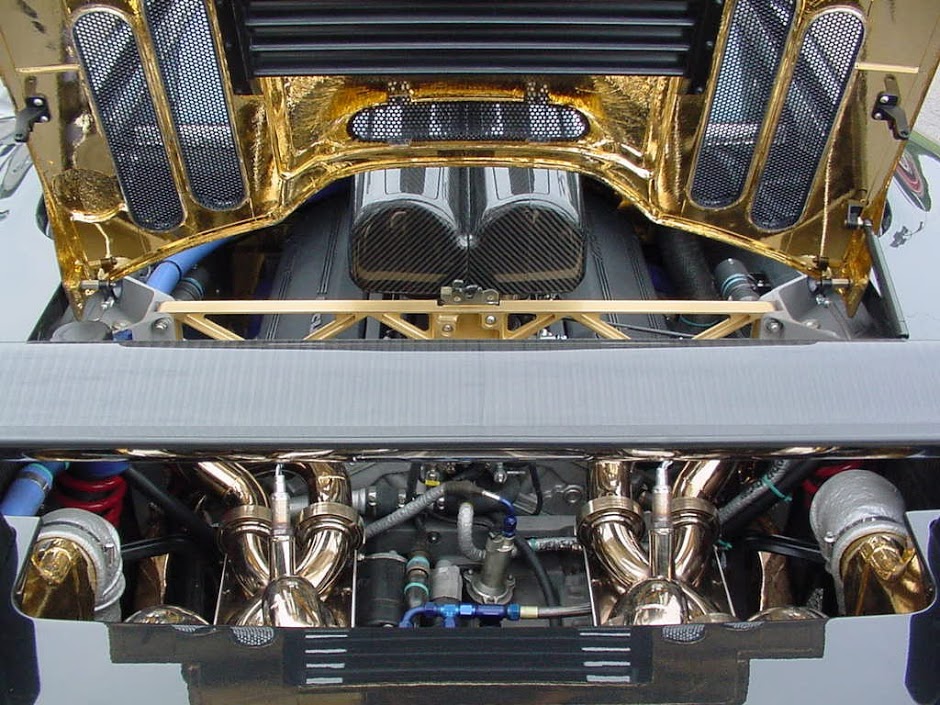
And then there’s the importance of 50th anniversaries. Often called “gold” anniversaries, it reminds me of several automotive uses of gold. The McLaren F1 used a special 24k lined hood insulation pad to prevent engine heat from transferring to the exterior carbon fiber body shell. Back in 1993, gold was $350 an ounce. Today, the same ounce will set you back $1400.00. No wonder the gold-laced F1 costs $20 million today. Corvette, Mustang, even Cadillac celebrated their 50th with iconic special editions and in 1955 Chevrolet made a special Bel Air with gold paint and gold plated trim.
The car toured local Flint, MI raised on a parade float, touting the 50 millionth car produced. But my particular favorite is the One-off Ferrari F12 produced to commemorate Singapore’s 50th anniversary of independence. Seemingly out of context 50 years ago, but oddly appropriate today given the impressive national growth Singapore has experienced in such a short time. Try as a might, I was unable to find a suitable horse and buggy 50th anniversary U.S. commemorative vehicle from 1826.

Like all car designers, I enjoy thinking about the future. These days, the future of cars is changing more quickly than ever before. The cars of tomorrow are literally around the corner. In four years, I will be writing my 100th article. Chances are the streets will already be peppered with driverless vehicles, taxis, buses and even privately owned cars. Surely by then the vast majority of our cars will be powered by alternative fuels and guided by sophisticated electronic systems, likely commanded by your phone. 50 years from now, in 2069 I will have completed my 650th article for VR&R. Perhaps by then we will finally have flying cars, regular trips to the moon, and Jetson inspired robot maids to clean our homes and prepare our meals.
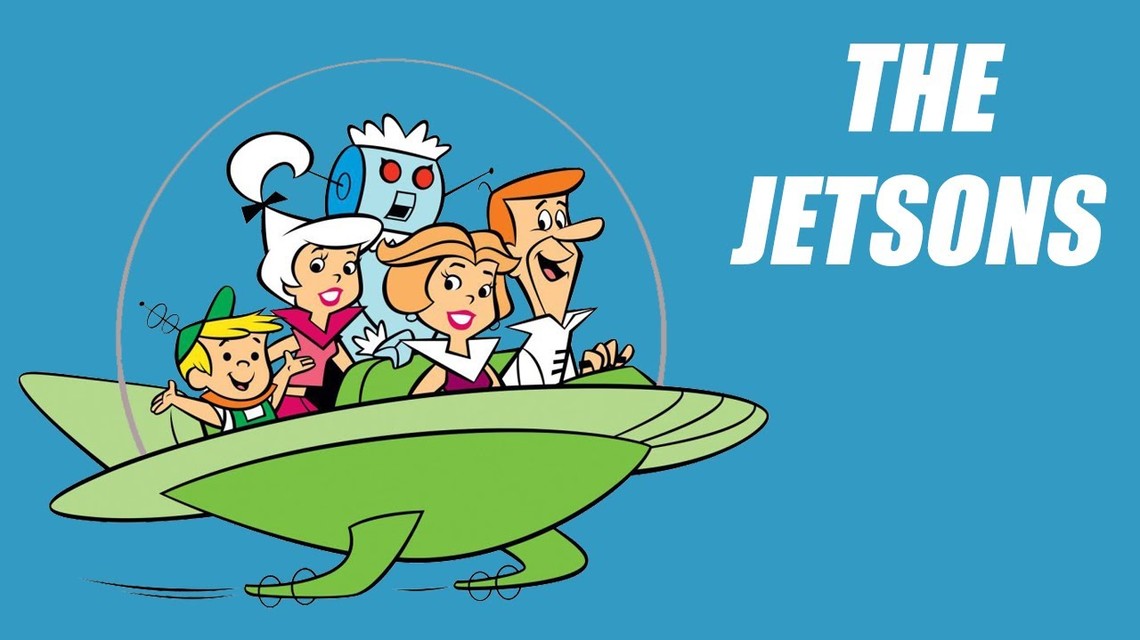
Fifty years is a long time for technology to spool up and retrain the population. But it seems an eternity compared with the brief decade it took for the smartphone to revolutionize culture and human behaviors. And while the future is going to be an amazing and captivating place enhanced by growing technology, chances are very high that many of our current vehicles will become cherished artifacts of this generation. 50 years from now, aging tech-geeks will gather at the local autoMcD parking lot for a “Steer in”. Kids will marvel at the giant circular steering wheels and chuckle vexingly at the connective wires running vintage iPhones. Perhaps there will even be a few booths selling vintage CDs, giant headphones, and quaint wristwatches. One thing is certain, I’ll be there to report on it, share my thoughts on how the automotive landscape has changed, and marvel at how amazing the next 50 years will be.


